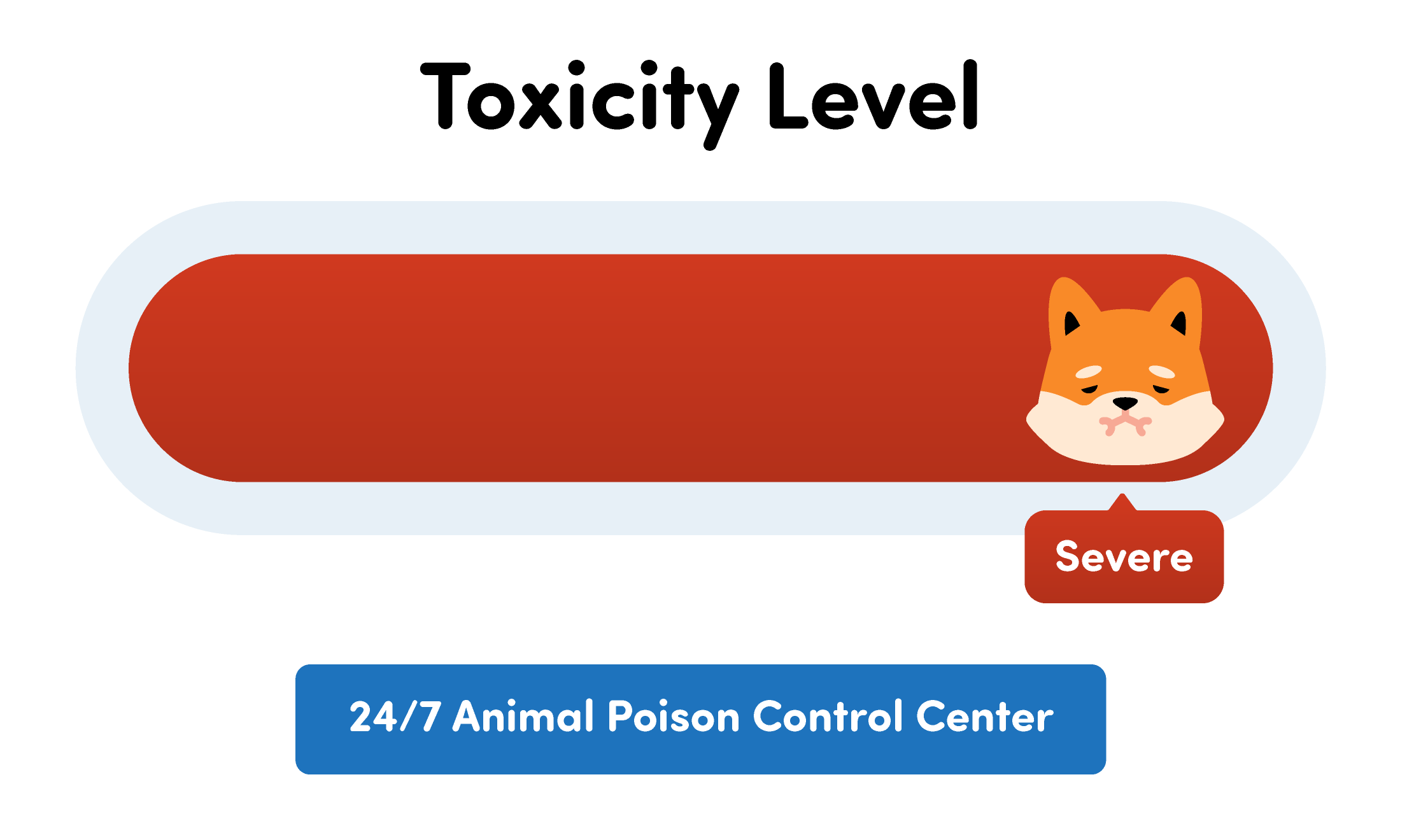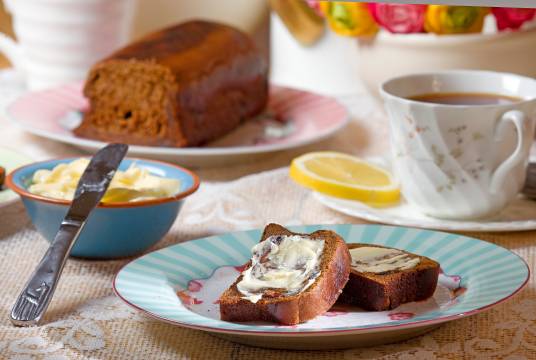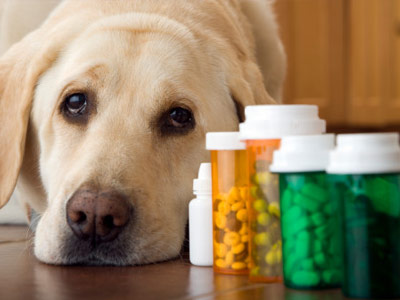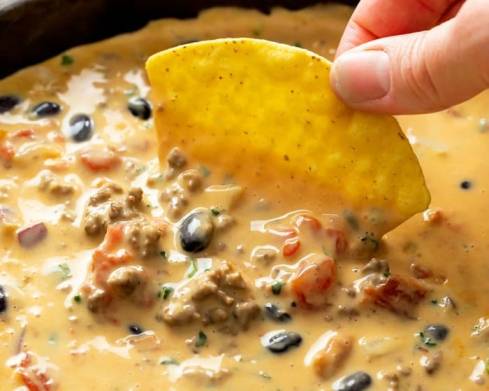Connect with a verified veterinarian in minutes. Licensed vets are available 24/7 to answer your questions. No need to worry about your furry family member.
Some humans are pretty fond of malt loaf! It may be something they enjoy in the morning for breakfast or even for a quick snack! But what about dogs? Is malt loaf safe for dogs to eat?
Has your dog eaten malt loaf? Are you worried the malt loaf will make your dog sick? If so, you’ve come to the right place. We understand it can be scary when your dog eats something like this.
We’ve put together some information about malt loaf and whether it can make a dog sick. Let’s get started!
What is Malt Loaf?
Malt loaf is a type of sweet bread that’s made with malt extract and other ingredients. Sometimes, malt flour may also be added to the dough. The bread is described as having a chewy texture. The British sometimes eat this bread with butter for tea.
John Montgomerie of Scotland originally developed the bread in 1889. Montgomerie filed a US patent application for “Making Malted Bread,” granted in 1890. Eventually, the bread went into commercial production and was called “Soreen,” a brand of malt loaf made in the UK.
The bread soon became popular in the UK, the US, and other parts of the world! And no wonder!
A traditional malt loaf recipe may include the following:
- Black tea
- Malt extract
- Muscovado sugar
- Dried mixed fruit (may include raisins, sultanas, and more)
- Eggs
- Plain flour
- Baking powder
- Bicarbonate of soda
These ingredients are pretty safe for humans, but what about dogs? Can dogs safely eat malt loaf bread?
Malt Loaf & Dogs
Unfortunately, malt loaf is not good for dogs. Many malt loaf recipes include sugar and raisins. Sugar can be toxic to dogs and cause irritation to the dog’s digestive tract. However, raisins are very toxic to dogs.
Raisins (and the grapes used to make them) can cause severe acute kidney failure in dogs. Kidney failure from raisins can happen from only 0.05 ounces per pound of body weight. Raisins are toxic to all dog breeds.
For this reason, it’s best to avoid feeding your dog malt loaf. If your dog accidentally eats malt loaf, then we highly recommend calling the vet immediately. Do this before your dog shows any symptoms. The sooner he receives medical treatment, the better his prognosis for making a full recovery after eating malt loaf.
It’s a good idea to keep malt loaf and raisins out of your dog’s reach. This can be tricky at times! However, never leave the loaf unattended on the cabinet or malt loaf on a plate. Your dog is sure to think it smells great and eat the bread!
Connect with a verified veterinarian in minutes. Licensed vets are available 24/7 to answer your questions. No need to worry about your furry family member.

Kim
Kim is a talented author, who loves animals especially dogs. She engaged in writing books and articles relating to animals a decade ago. Kim resides in Chicago with her husband and son. The family is the proud owner of a dog and a parrot (Jack and Lily). Kim wanted more than these two pets, but her husband put his foot down... She often visits elementary schools to talk to the kids about what she learned about pets and how they could learn from them.
Review symptoms, medications & behavior to keep your pets healthy with a Vet Online in just minutes.
Ask a Vet Live Now





